Rapid Profiling is a quick and reliable solution to meet your sensory needs. Methods like CATA and flash profiling give a cost effective insight into the range of sensory properties associated with your products. Conventional sensory methodologies, like Descriptive Analysis, work with a highly trained, experienced panel, resulting in analysis that can be costly and time consuming. Rapid profiling methodologies utilise consumers or untrained assessors, resulting in a more budget friendly and time efficient approach to sensory analysis.
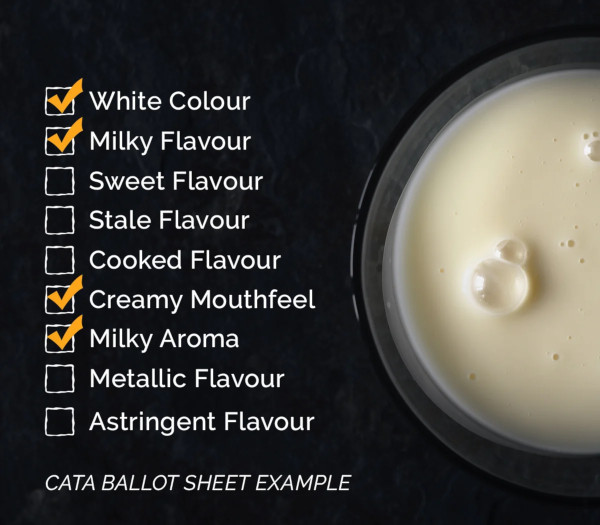
CHECK-ALL-THAT-APPLIES (CATA)
This method can aid to determine if reformulation significantly influences the sensory profile and liking of your products. It provides a full characterisation of the sensory attributes associated with your products.
- HOW DOES IT WORK? In this method assessors are presented with ballot sheet of relevant attributes and asked to ‘check all that apply’.
- BENEFITS: Extremely rapid & cost effective.
- LIMITATIONS: No insight on intensity of attributes or comparison of intensity.
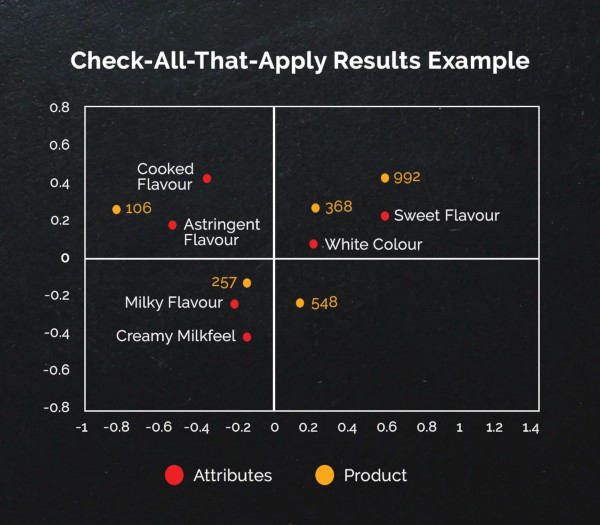
RESULTS & REPORTING
- CATA results are plotted based on the number of times an attributed was ‘checked’ for each product.
- Samples closer together on plot are similar in sensory profiles.
- Panellists asked to assess liking of each product (9-point scale), and ‘ideal’ product attributes are generated in tandem with liking.
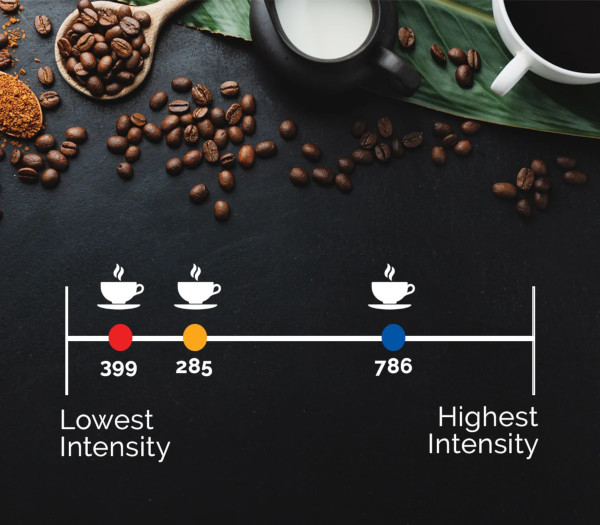
FLASH PROFILING
Useful for comparing samples of different formulations or benchmarking against competitor products.
- HOW DOES IT WORK: This method involves rapid profiling of products with each panelist generating their own attribute list to profile the products. Panellists rank each product in terms of attribute i.e ‘chocolate flavour’: Sample 339 low, Sample 786 high (see figure) versus an intensity. Sample plots are then generated differentiating the products based on their attributes and levels.
- BENEFITS: Elaborate list of sensory attributes obtained, helping to understand drivers of liking.
- LIMITATIONS: Data can be overwhelming and difficult to discern important contributors to flavour/ aroma perception.
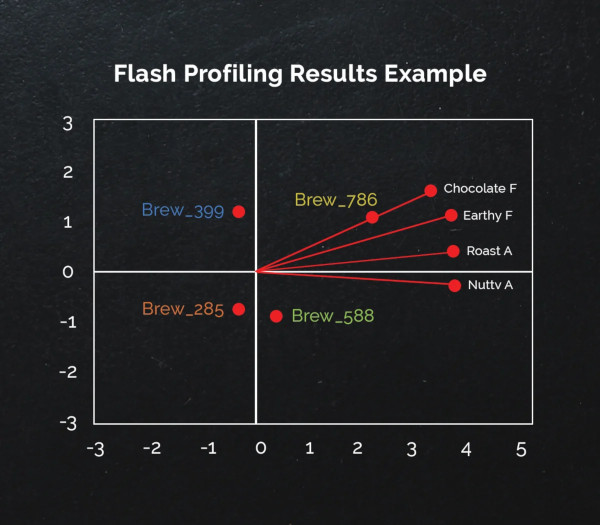
RESULTS & REPORTING
- Results are plotted, but positioning of samples relates to the attributes generated and the intensity rating.
- The closer samples are plotted to attributes indicates higher intensity rating consensus among panellists.
- Wide range of sensory attributes generated.
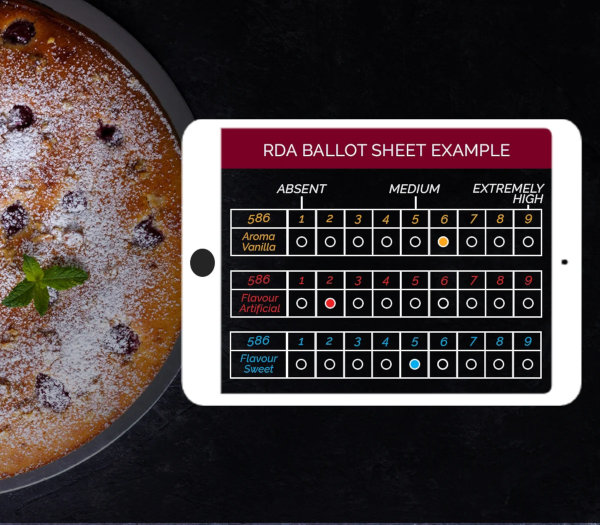
RANKING DESCRIPTIVE ANALYSIS (RDA)
Simple statistics can be performed to identify if reformulation has a significant effect on perception.
- HOW DOES IT WORK? Initially, product familiarisation and attribute generation takes place with a small focus group. Intensity of attributes are then ranked by assessors.
- BENEFITS: Easily compared to physicochemical and flavour chemical analysis. Rapid and cost effective compared to conventional Descriptive Analysis.
- LIMITATIONS: Panellists are not fully trained on intensity levels resulting in the potential of subtle differences influencing sensory perception not being picked up due to the absence in training.
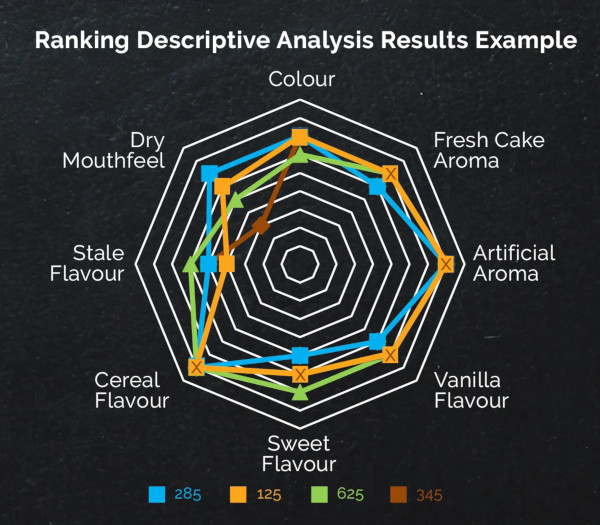
RESULTS & REPORTING
- Results are generated from product attributes assessment on a 9-point scale.
- Averages results can be presented in a table and also plotted on a spider diagram (see figure).
We also offer a full range of conventional sensory testing services, conducted in our state of the art facility in Cork, Ireland. As an alternative to on-site testing we can also conduct virtual sensory panels (with trained panellists) and In-Home Usage Testing with consumers. Sensory services are provided by our LabSens division.
Email: maria@eolasinternational.com for further information.
